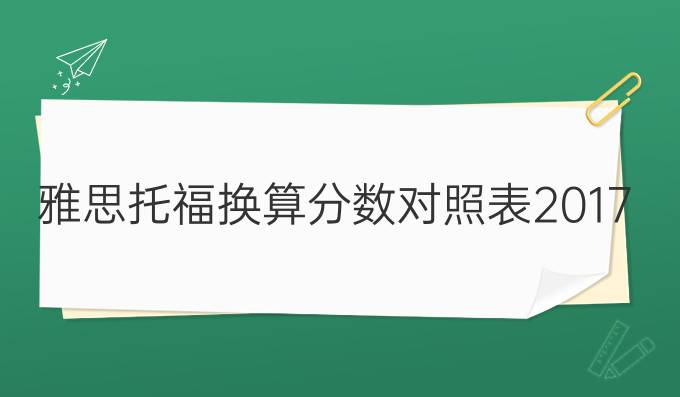本文总结了2019年7月18日的雅思阅读考题回顾,希望可以帮助大家更好的备考雅思考试。
考试日期 | 2019年7月18日 |
Reading Passage 1 | |
Title | Ancient Chinese Chariots (2014.3.15 / 2016.08.20) |
Question types | TRUE\FALSE\NOTGIVEN 4题 Sentence completion 3题 |
文章内容回顾 | 我国古代兵马俑兵车的构造
1-4 TRUE/FALSE/NOT GIVEN 1. TRUE 2. FALSE 3. TRUE 4. NOT GIVEN
5-10 Complete the diagram 5. elm 6. lubricating oil 7. 18 to 32 8. dish 9. struts 10. bronze
11-13 Sentence completion 11. neck 12. sand 13. tomb complex |
相关英文原文阅读 | Ancient Chinese Chariots The Shang Dynasty or Yin Dynasty, according to traditional historiography,ruled in the Yellow River valley in the second millennium Archaeological work at the Ruins of Yin (near modern-day Anyang), which has been identified as the last Shang capital, uncovered eleven major Yin royal tombs and the foundations of palaces and ritual sites,containing weapons of war and remains from both animal and human sacrifices. The Tomb of Fu Hao is an archaeological site at Yinxu, the ruins of the ancient Shang Dynasty capital Yin,within the modern city of Anyang in Henan Province, China. Discovered in 1976,it was identified as the final resting place of the queen and military general Fu Hao. The artifacts unearthed within the grave included jade objects, bone objects, bronze objects etc. These grave goods are confirmed by the oracle texts,which constitute almost all of the first hand written record we possess of the Shang Dynasty. Below the corpse was a small pit holding the remains of six sacrificial dogs and along the edge lay the skeletons of human slaves, evidence of human sacrifice. The Terracotta Army was discovered on 29 March 1974 to the east of Xi,an in Shaanxi. The terracotta soldiers were accidentally discovered when a group of local farmers was digging a well during a drought around 1.6 km (I mile) east of the Qin Emperors tomb around at Mount Li (Lishan),a region riddled with underground springs and watercourses. Experts currently place the entire number of soldiers at 8,000 — with 130 chariots (130 cm long), 530 horses and 150 cavalry horses helping to ward of any dangers in the afterlife. In contrast, the burial of Tutank hamun yielded six complete but dismantled chariots of unparalleled richness and sophistication. Each was designed for two people (90 cm long) and had its axle sawn through to enable it to be brought along the narrow corridor into the tomb. Excavation of ancient Chinese chariots has confirmed the descriptions of them in the earliest texts. Wheels were constructed from a variety of woods: elm provided the hub, rose-wood the spokes and oak the felloes. The hub was drilled through to form an empty space into which the tampering axle was fitted, the whole being covered with leather to retain lubricating oil. Though the number of spokes varied, a wheel by the fourth century BC usually had eighteen to thirty-two of them. Records show how elaborate was the testing of each completed wheel: flotation and weighing were regarded as the best measures of balance, but even the empty spaces in the assembly were checked with millet grains. One outstanding constructional asset of the ancient Chinese wheel was dishing. Dishing refers to the dish-like shape of an advanced wooden wheel, which looks rather like a flat cone. On occasion they chose to strengthen a dished wheel with a pair of struts running from rim to rim on each of the hub. As these extra supports were inserted separately into the felloes,they would have added even greater strength to the wheel. Leather wrapped up the edge of the wheel aimed to retain bronze. Within a millennium, however,Chinese chariot-makers had developed a vehicle with shafts,the precursor of the true carriage or cart. This design did not make its appearance in Europe until the end of the Roman Empire. Because the shafts curved upwards,and the harness pressed against a horse,s shoulders, not his neck, the shaft chariot was incredibly efficient. The halberd was also part of chariot standard weaponry. This halberd usually measured well over 3 metres in length, which meant that a chariot warrior wielding it sideways could strike down the charioteer in a passing chariot. The speed of chariot which was tested on the sand was quite fast. At speed these passes were very dangerous for the crews of both chariots. The advantages offered by the new chariots were not entirely missed. They could see how there were literally the warring states,whose conflicts lasted down the Qin unification of China. Qin Shi Huang was buried in the most opulent tomb complex ever constructed in China, a sprawling, city-size collection of underground caverns containing everything the emperor would need for the afterlife. Even a collection of terracotta armies called Terra- Cotta Warriors was buried in it. The ancient Chinese, along with many cultures including ancient Egyptians,believed that items and even people buried with a person could be taken with him to the afterlife. |
题型难度分析 | 本篇文章难度适中 |
题型技巧分析 | *篇的题型包括判断,完成原理图,简答。都是顺序题,是本次考试题型较简单的一篇。考生可以按照顺序完成题目,考察考生查找信息和精准定位的能力。 |
剑桥雅思推荐原文练习 | 剑11 Test 1 Passage 2 |
Reading Passage 2 | |
Title | 涂鸦和手写体 |
文章内容回顾 | 14. D 15. G 16. B 17. E 18. C 19. B 20. B 21. D 22. B 23. D 24. social history 25. tag 26. protective equipment 27. water |
Reading Passage 3 | |
Title | 英国作家的作品集介绍 |
Question types | 28-32 Matching 5题 33-35 Multiple choice 3题 36-40 YES/NO/NOT GIVEN 5题 |
考试趋势分析和备考指导: 本场雅思阅读考试*篇文章较为简单,二三篇题型多为配对,选择,难度系数较大。但是并没有出现考生闻之色变的heading题。建议考生放松心态,重视填空,判断等基础题型。在高质量完成顺序题的基础上,稳扎稳打,高效率的解决配对题。 | |
朗阁小编推荐:

雅思托福 全套备考资料
扫一扫!进群获取独家干货!









